Chances are you’ve never had Venezuelan food, or even know what it is. Although Venezuela is home to quite a few South American staples, your stomach will be happy to discover some uniquely Venezuelan food, found nowhere else on this vast continent.
If you’re already accustomed to South American cuisine, then you’re in luck. In addition to singularly Venezuelan food, such as dishes made from caiman or goat meat, you can also find well-known South American and Spanish-influenced dishes wherever you go in Venezuela, including empanadas, dulce de leche and asado.
But if you want to take your taste buds on a new adventure, try arepas, because “there’s nothing more Venezuelan than an arepa,” as the famous saying goes about these fried cornmeal pockets filled with delight. And no trip to Venezuela is complete without sampling pabellón criollo, the country’s national dish, which is often referred to as “the dish that represents the three great Venezuelan cultures: European (rice), indigenous (meat) and African (black beans).”
Table of Contents
- Venezuelan Cuisine
- Perico
- Arepas
- Pabellón Criollo
- Hallaca
- Polvorosa de Pollo
- Cachapas
- Pasticho
- Cachitos
- Tequeños
- Asada Negro
- Pisca Andina
- Sopa de Mondongo
- Pan de Jamón
- Empanada
- Chivo-al-Coco
- Caraotas Negras
- Quesillo
- Majarete
- Bien me Sabe
- Tres Leches
- Dulce de Leche
- Buñuelos de Yuca
- La Tizana
- Papelón con Limón
- Venezuelan Beer
- Venezuelan Rum
- Venezuelan Coffee
- Venezuelan Wine
Venezuelan Cuisine
Because Venezuela is a former colony of Spain, time-honoured Spanish cuisine plays a large part in Venezuelan food. Furthermore, due to the fact that approximately 5% of the population of Venezuela is of Italian origin, authentic Italian fare abounds, with a South American twist.
In addition to Spanish and Italian cuisine, traditional food from Venezuela is also heavily influenced by Amerindian dishes, particularly Arawak and Carib cuisine, and West African food. But whatever its origin, you can expect to find a plethora of dishes featuring corn, rice, yams, black beans, potatoes, plantains, a variety of meats and more.
Perico
Is breakfast the most important meal of the day for you? If you said yes, perico will help you start the day right, as it has all the bases covered: protein, vitamins and minerals, not to mention great taste. Perico, one of the most beloved traditional foods from Venezuela, is made from eggs, onions, tomatoes and red peppers. It is also often used as stuffing for arepas.
Arepas
Arepas are made of corn flour that is either fried, grilled or baked and then typically filled with scrambled eggs, black beans, cheese, avocado and ground beef, chicken or pork. This Venezuelan classic has been around since pre-Columbian days and varies from region to region, but various versions of the arepa can be found wherever you go in the country.
Pabellón Criollo
This revered traditional food from Venezuela consists of shredded beef, rice and stewed black beans. In certain regions, Venezuelans add fried plantain slices or a fried egg to their pabellón criollo, and sometimes replace the shredded beef with fish.
For the more intrepid eater, pabellón criollo can also include shredded caiman meat, which is said to have a similar texture to chicken and a distinct flavour.
Hallaca
Hallaca, made from cornmeal dough, is another traditional food from Venezuela that is stuffed with tasty treats, in this case, a stew of beef, chicken or pork with raisins, olives and capers.
If you don’t like meat, hallaca can also be stuffed with fish or other seafood. They are essentially Venezuelan tamales, and folded in plantain leaves, tied with string and then boiled.
Polvorosa de Pollo
Polvorosa de pollo is Venezuela’s chicken pot pie. It is stuffed with shredded chicken, garlic cloves, onions, green bell peppers, tomatoes, olives, capers, raisins and more, and has a soft crust.
Polvorosa de pollo is particularly popular in Caracas, the capital city of Venezuela, where it is made to perfection, but can be found almost anywhere.
Cachapas
No, this is not Venezuelan ketchup. Cachapas are sweet corn pancakes and a Venezuelan breakfast classic. Just add butter and cream and you’re in business.
Cachapas are also frequently filled with mozzarella or cream cheese. This famous Venezuelan food is popular on the street and ideal for those on the go.
Pasticho
Pasticho is the Venezuelan version of lasagna, which makes sense as this dish derives its name from the Italian word “pasticcio,” meaning lasagna. However, instead of ricotta cheese, which is used in Italian lasagna, pasticho is covered with bechamel sauce.
Additionally, the tomato meat sauce is seasoned with soy sauce and Worcestershire sauce. Similar to Italian lasagna, the Venezuelan version also uses regular lasagna noodles and cheese.
Cachitos
Are you a person that can’t get enough of pastries? If so, you’ll love cachitos, Venezuela’s version of the croissant. Cachitos are crescent-shaped bread rolls that are crammed with ham and cheese.
They are ideal for breakfast or a quick bite when you’re in a hurry and need to fuel up, and are readily available in just about any bakery in Venezuela and sold by many street vendors.
Tequeños
Tequeños are one of the most eaten snack foods in Venezuela. However, despite their diminutive size, these fried cheese sticks are not for the calorie-conscious. Tequeños are made from pastry crust filled with white cheese, and can also be baked instead of fried. Tequeños are typically served with a variety of dipping sauces, especially guasacaca, a Venezuelan sauce made from avocado.
Asada Negro
South Americans love meat, and each country on the continent has a favorite meat dish. In Venezuela, that dish is asada negro, which is a round roast cooked in a broth of beef stock or red wine broth until super tender and almost black, hence the name “roasted black.” Asado negro is usually served with rice and fried plantains, or mashed potatoes.
Pisca Andina
Traditional food from Venezuela includes soup, and the favourite of Venezuelans everywhere is Pisca Andina. This chicken broth soup is cooked with eggs, potatoes and carrots and thickened with white cheese or milk. Pisca Andina is rather hearty and filling and is usually eaten for breakfast, particularly in the cold Venezuelan Andes.
Sopa de Mondongo
When it comes to Venezuelan soup, Pisca Andina isn’t the only game in town, as sopa de mondongo is another widely eaten combo. However, this soup is for eaters with a more iron constitution because the main ingredient is tripe, either beef or pork.
Sopa de mondongo is also chock-full of potatoes, corn, cassava, cabbage, onions, plantains, avocado and cilantro.
Pan de Jamón
This time-honoured Caracas speciality is a bread roll packed tight with ham, hence the jamón, raisins and green olives. The slightly sweet bread is usually made with yeast, flour, butter, eggs, sugar and milk.
Pan de jamón, a popular Christmas dish in Venezuela, can also be filled with turkey, instead of ham, and cream cheese.
Empanada
Although not unique to Venezuela, and ubiquitous all over South America, amazing empanadas can be found everywhere in the country. In Venezuela, empanadas are made from corn flour that is either baked or fried and then stuffed with anything from jamón or pollo to shrimp or other seafood.
Chivo-al-Coco
Chivo-al-coco, also known as chivo-en-coco, is the preferred beach food of Venezuela, and the star of this dish is goat meat. In chivo-al-coco, the goat meat is shredded and cooked with coconut milk, and usually served with fried plantains.
Caraotas Negras
Black beans are beloved throughout South America, and Venezuela is no exception. Caraotas negras, Venezuela’s revered black bean dish, consists of slowly cooked black beans seasoned with spices.
Quesillo
Quesillo is Venezuela’s version of flan, and dates back to Spanish colonial times. Quesillo is made with caramelized sugar, condensed milk and eggs. This decadent Venezuelan dessert can be found anywhere in the country, as it’s one of the nation’s most popular desserts.
Majarete
This corn and coconut concoction is considered one of the most traditional desserts from Venezuela and has also been around since colonial days. Majarete is similar to corn pudding and also includes brown sugar and cinnamon. Majarete differs from region to region, and in some areas of Venezuela condensed milk or vanilla are added to the mix.
Bien me Sabe
Bien me sabe is a sponge cake with coconut cream topped with meringue. Bien me sabe, which means “tastes good to me,” is guaranteed to taste good to any visitor to Venezuela, and is often referred to by locals as “a remedy for the soul.”
Tres Leches
If dulce de leche is not milky enough for you then try tres leches, which means “three milks.” Tres leches is a sponge cake that is soaked in regular milk, condensed milk and evaporated milk, with a mouth-watering meringue on top. Cinnamon is often added to the mix, with a strawberry on top.
Dulce de Leche
Dulce de leche is revered throughout South America, and it is no different in Venezuela. Dulce de leche, otherwise known as “sweet of milk,” is a confection of sweetened milk that is cooked down until it’s the colour of caramel, of which it also tastes. It can be put on cookies, cakes and even in coffee or cocoa, or simply eaten as is by the spoonful.
Buñuelos de Yuca
Buñuelos de yuca is a remnant of Spanish colonial days and one of the tastiest desserts offered in Venezuela. They are made from cassava, eggs, sugar, baking powder and oftentimes grated cheese, and these round desserts are puffy and crispy outside and creamy inside. Buñuelos de yuca can also be topped with syrup spiced with cinnamon, anise and cloves.
La Tizana
La Tizana is the national drink of Venezuela, and the preferred beverage for birthday parties, or any occasion for that matter. This refreshing tropical drink is made with grenadine and a cornucopia of chopped fruits, including pineapple, mango, grape, strawberry, banana and orange, that are soaked in a mixture of orange juice and limeade. Club soda or regular soda is oftentimes added to the mix of this Venezuelan fruit punch.
Papelón con Limón
Papelón con limón, sugarcane juice, water and lemon, is perhaps the most refreshing of Venezuela’s traditional drinks, and a perfect cooldown for those sultry South American days.
If you prefer, you can substitute lime juice for lemon. Papelón con limón is often served with other Venezuelan classics, such as arepas.
Venezuelan Beer
Venezuelans love beer more than any other alcoholic beverage. The country produces a plethora of quality brews, but the most popular is Polar, which can literally be found in any bar, nightclub and restaurant in the country.
Other top-rated Venezuelan beers, according to RateBeer, include Mito Brewhouse’s Sayona la Roja Amber, Silbon Dry Stout and Belgian Witbier Momoy, as well as Tovar’s Siete, Hefeweizen and Klar, a pale lager.
Venezuelan Rum
Rum in Venezuela is almost as revered as beer, and the country makes some of the best in the world. In fact, according to RumRatings, Diplomatico Reserva Exclusiva, which is made in Venezuela, is the best rum in the world. This world-famous rum is also one of the most awarded rums on Earth.
Venezuelan Coffee
Although not as well-known as the coffee from neighbouring countries Columbia and Brazil, Venezuela grows some quality beans. In fact, coffee production in Venezuela once ranked close to Columbia.
Today, Venezuelan coffee is making a comeback on the world stage. Some of the country’s best coffees are known as “Maracaibos,” which are grown near the border with Colombia, and include Trujillo, Tachira, and Merida.
Venezuelan Wine
Venezuela isn’t very well-known for its wine, but it should be, as the country does produce world-class vino. In fact, Venezuelan wine is often referred to as “South America’s best-kept secret”.
Venezuelan vintners make quality whites, reds, rosés and sparkling wines, due to the country’s perfect soil and ideal climate for growing grapes. Venezuela is particularly adept at producing top-notch Petit Verdot, Tempranillo and Syrah.

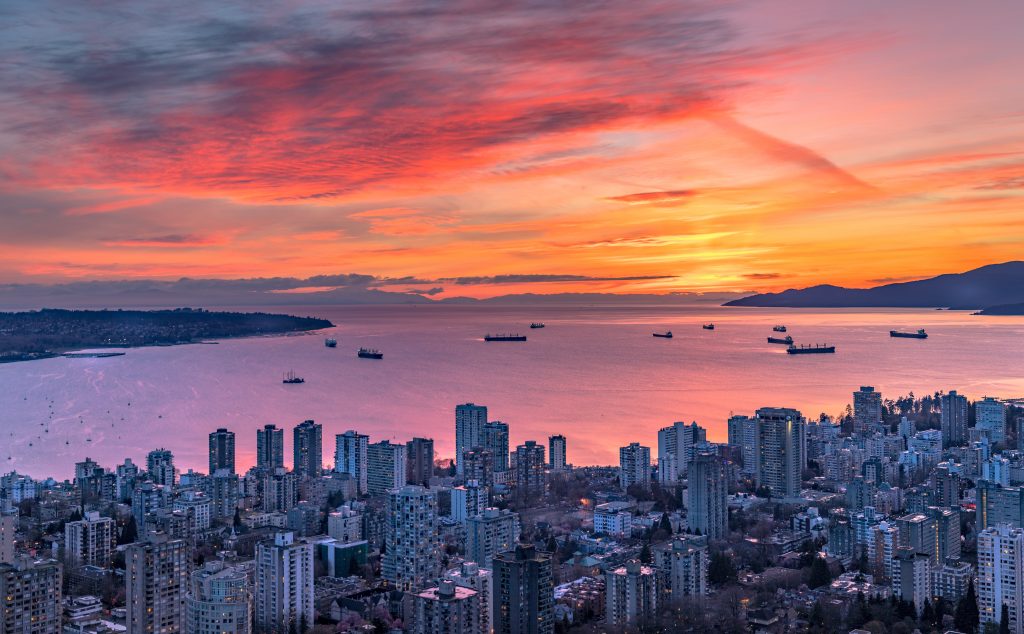
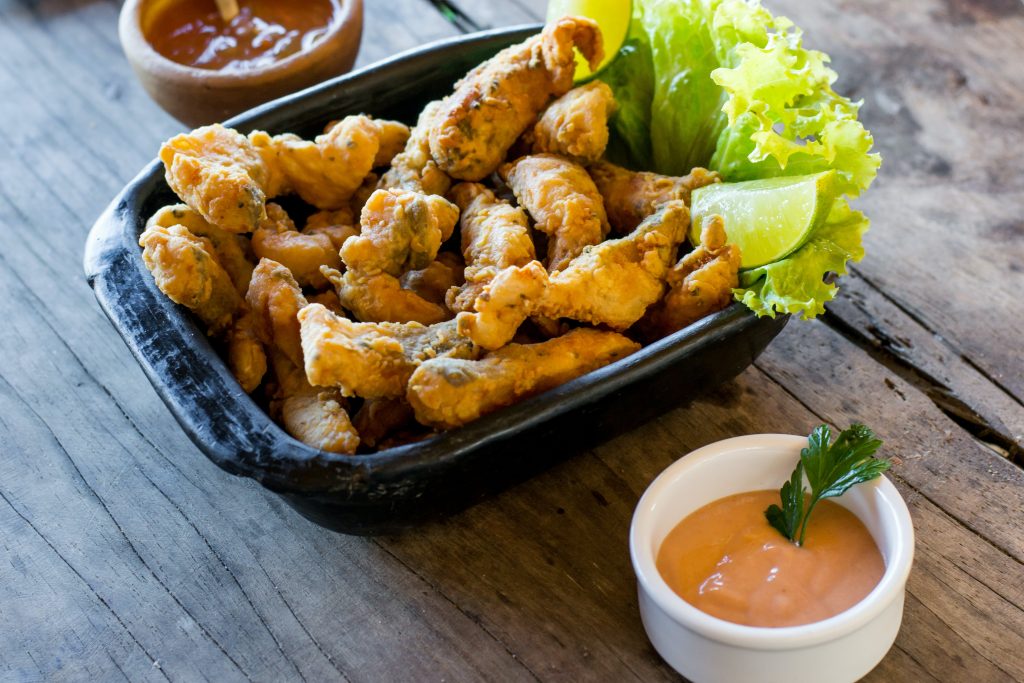
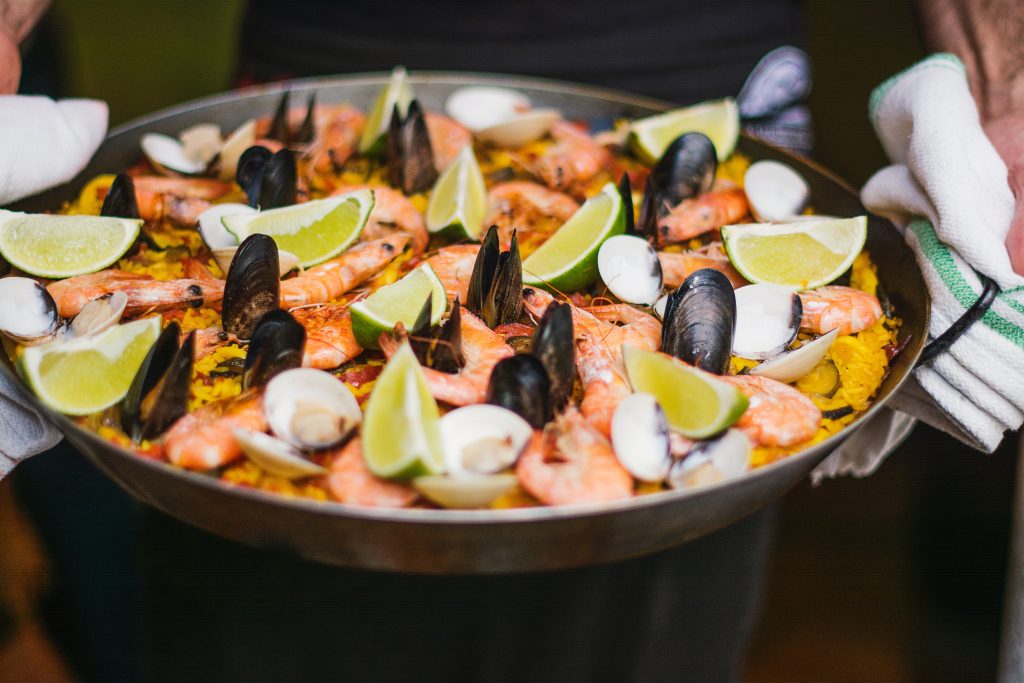
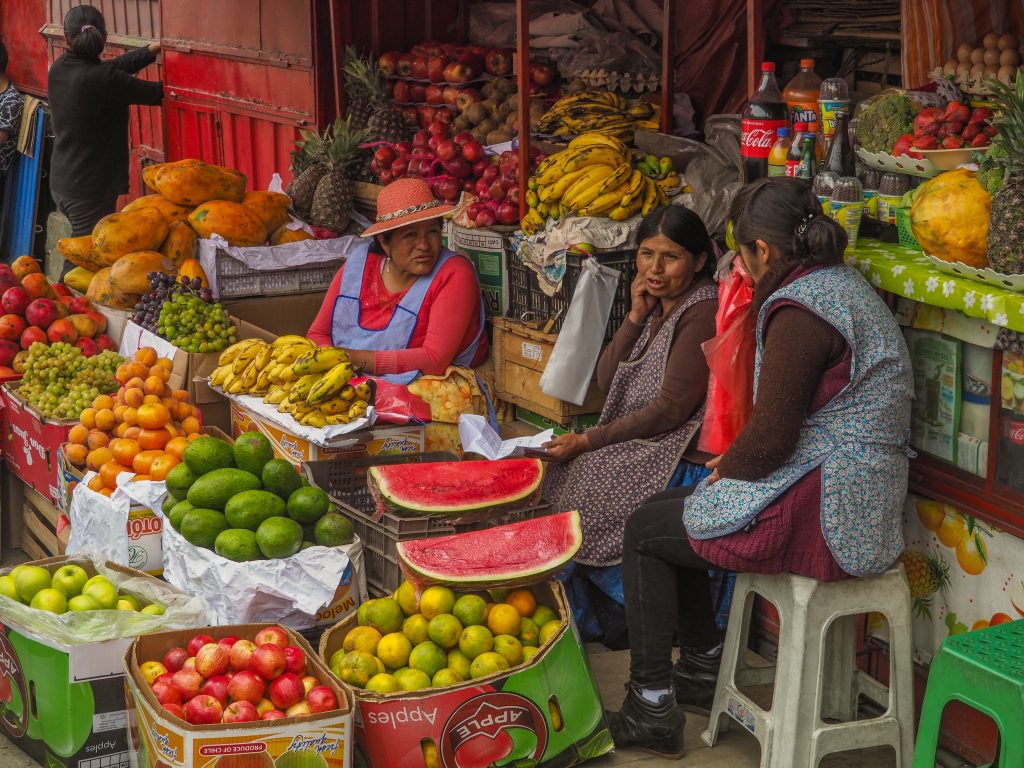
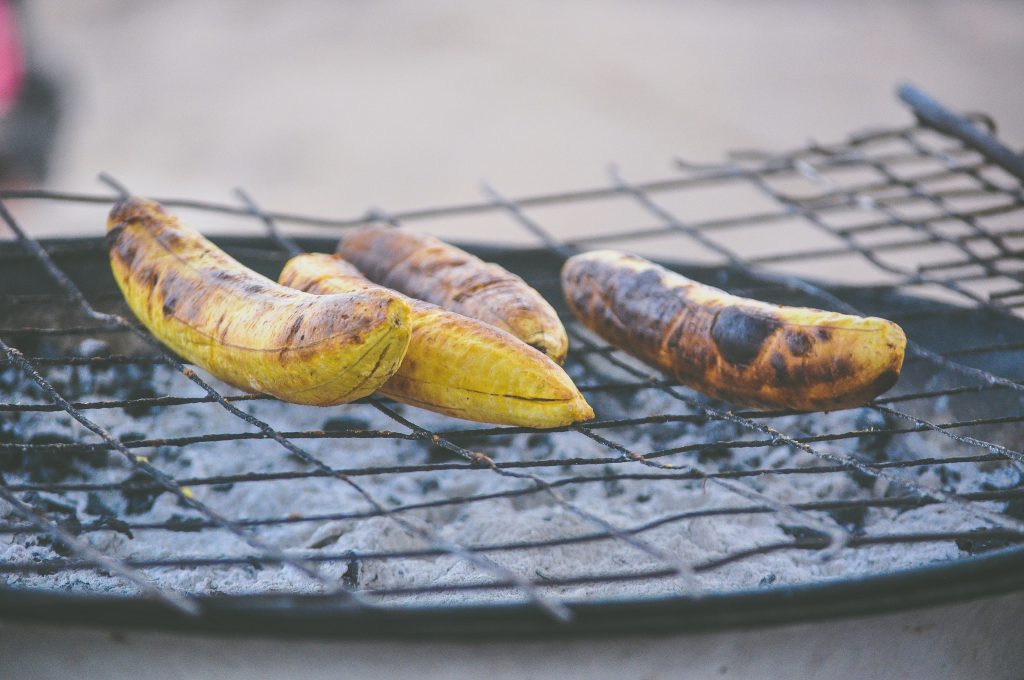
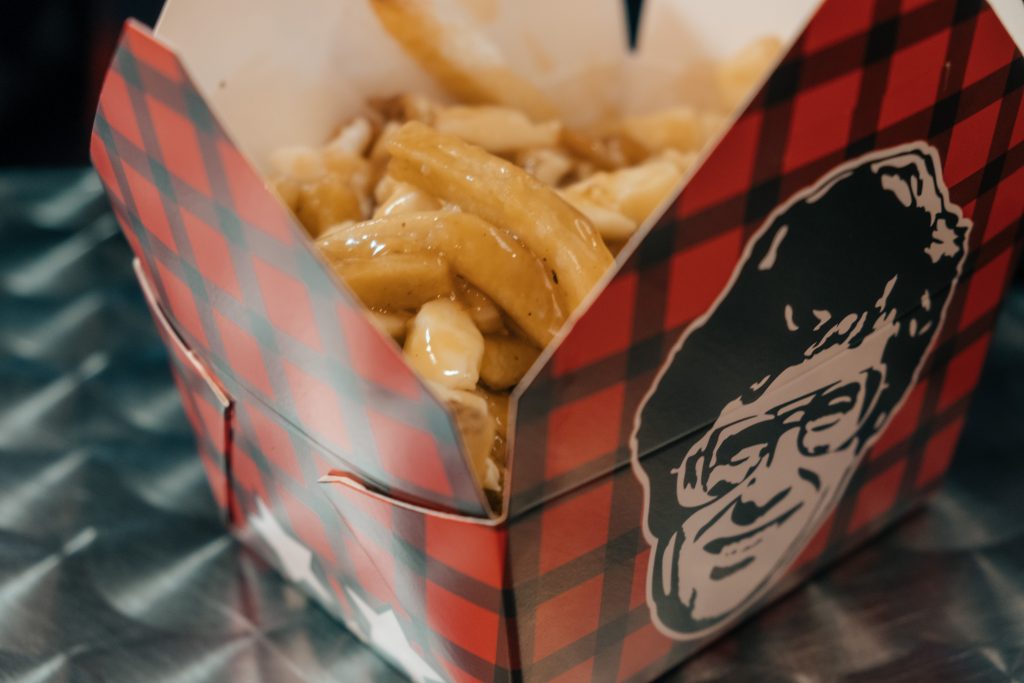


Leave a Reply